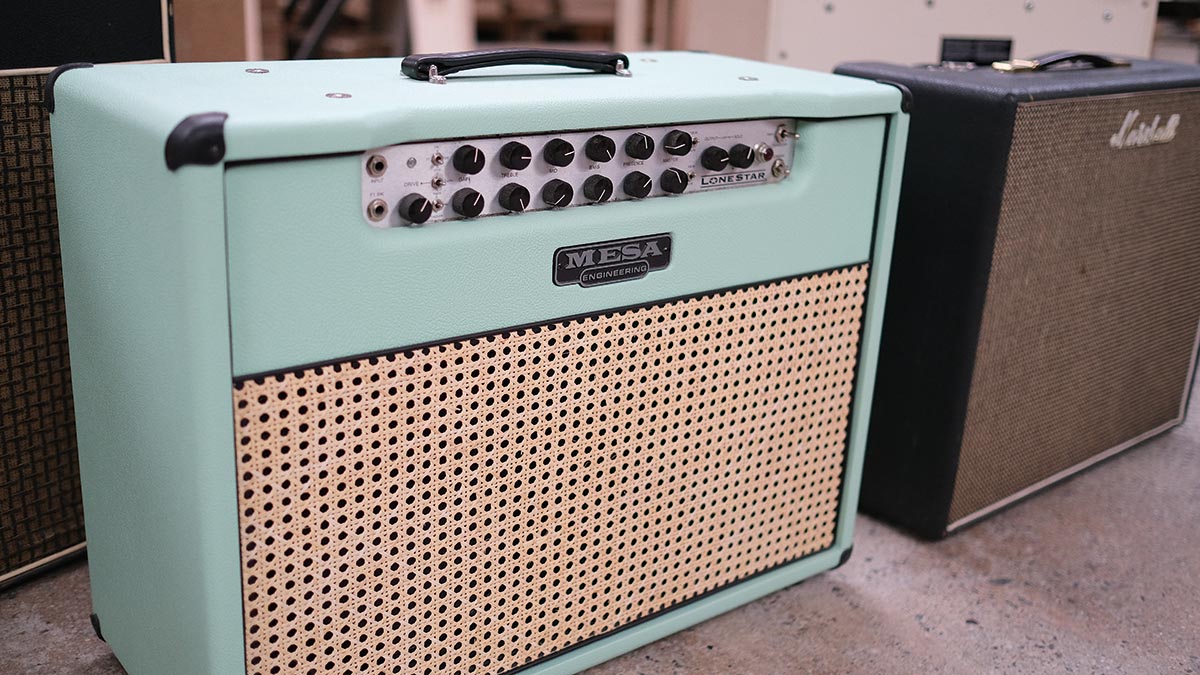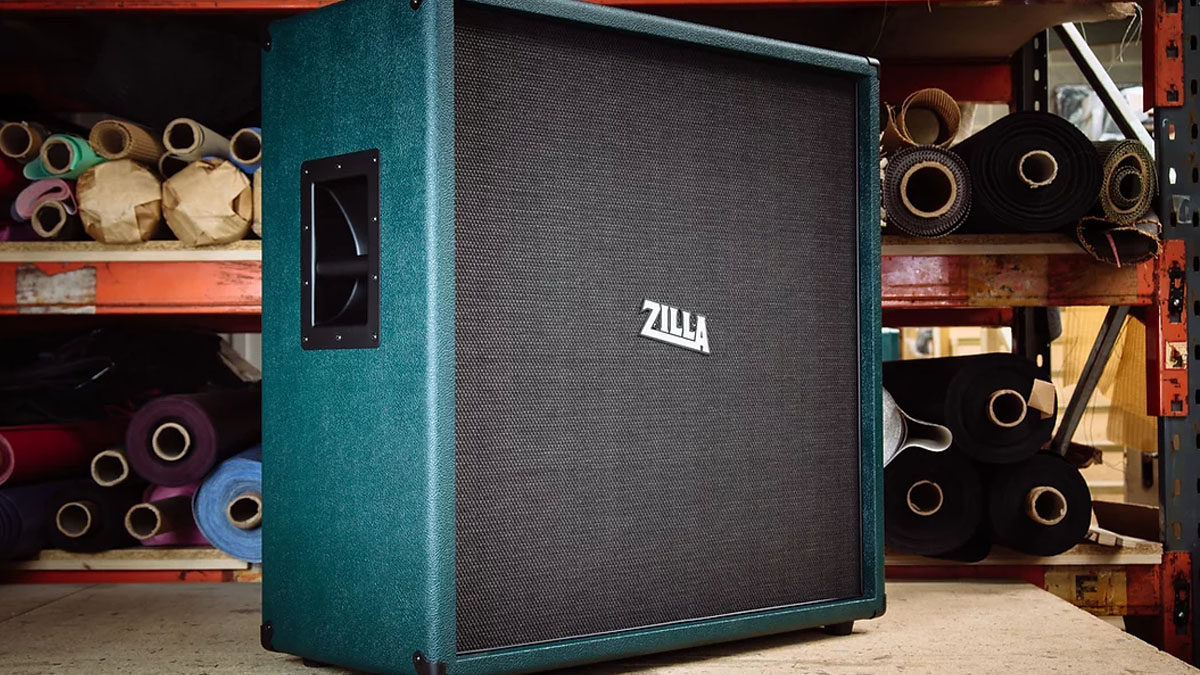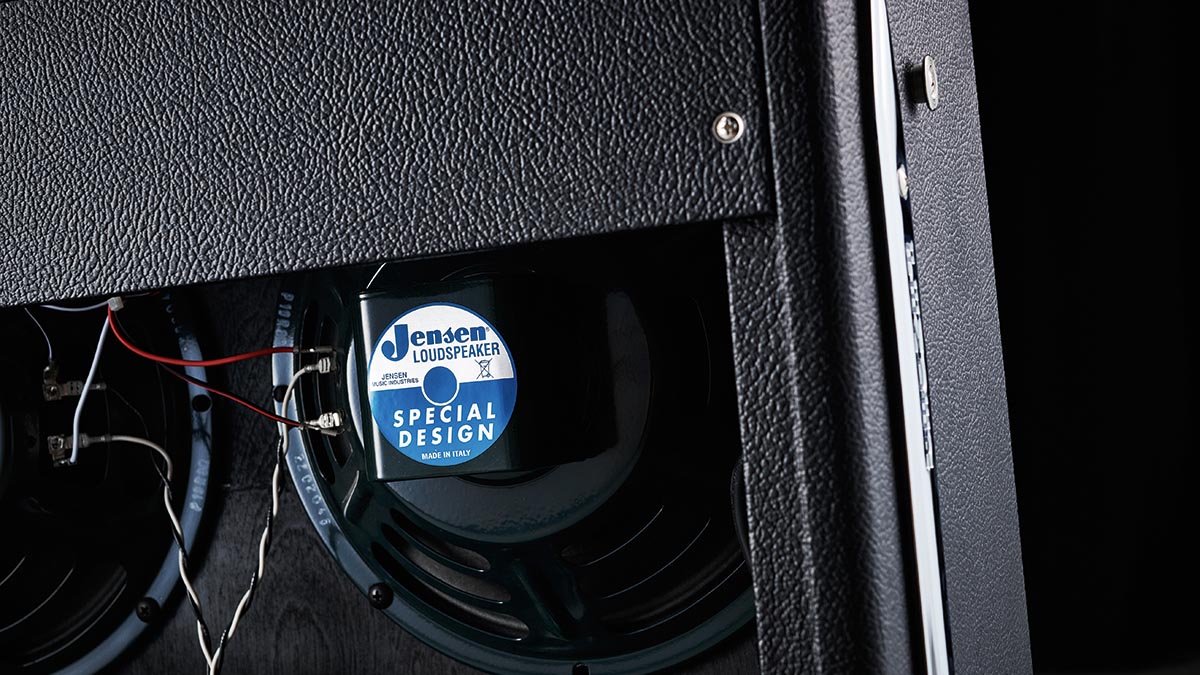How open-back and closed-back guitar cabs affect your tone
Zilla Cabs' Paul Gough explains the effect that speaker cabinet choice makes on your guitar tone

There’s plenty of talk about how speakers affect your guitar tone – now it’s time to examine a few aspects of the guitar cabinet into which the speakers are loaded.
It might seem self-indulgent for a cabinet designer to think anyone would care about the thickness of a baffle, how it’s mounted or how an amplifier’s need to displace heat leads to limitations in backboard design.
But these are all aspects of a build that determine how an amplifier and cabinet will react when you plug into it. There are also a few useful signs that can help the initiated more easily shape or use a sound to their benefit.
Here, we’ll talk about backboard design. More simply put: open versus closed back. This straightforward aspect of a cabinet can often determine whether or not you’ll like how it sounds or, more subtly, whether it will be suitable for the task you want it to perform.
It’s ironic that when choosing a cab we first look at the front, which in most cases tells us very little about the important features of that cab. It’s the back we should look to first!
The crude difference between the two types of back is how they project sound. An open back projects soundwaves from both the front and rear of the cabinet, with the waves leaving the back usually bouncing off walls, reaching the player later and introducing slight phase differences.
This tends to result in a more ambient, subtle and less-focused sound, lending itself well to cleaner players through to lower-gain rock. I like to think of open back as having a certain element of natural reverb with more nuance.
All the latest guitar news, interviews, lessons, reviews, deals and more, direct to your inbox!
The crude difference between open- and closed-back cabinets is how they project sound
In contrast, the closed-back cab will kick the vast majority of its soundwaves out from the front of the cabinet, hitting the player more directly and seeming more focused, tighter but more directional. It’s this focus and control – especially of the lower frequencies – that are favourable to heavier players who prefer higher levels of gain.
In all cabs, when the speaker cone has extended forward it must recoil, pushing air inside the cab away from the front. In the case of the open-back cab this will radiate out of the rear and bounce around the room, causing less air resistance on the cone during its return. In a closed-back cab these soundwaves will reflect off the inside rear of the cab, hitting the speaker.

Having a closed back also allows for the baffle to be braced against the backboard using a block of wood running adjacent to both the baffle and back, connecting the two.
This stiffening of the baffle results in a more rigid cab and allows the energy converted into sound to more easily leave the front of the cab, again leading to a more focused, controlled sound.
This effect is even more important in 4x12s with angled-top speakers as they’re made using two pieces of wood joined at the centre, giving them an inherent weakness at this point. Without getting too technical, basically, the closed back inadvertently allows us to stiffen the cab and do more of what a closed back does: sound focused.

It’s rare that we get the chance to play a cab in both open- and closed-back configurations, which is a shame because it’s sometimes hard to hear exactly which you prefer. After all, it may be other aspects of the cabinet’s construction that you like.
Next time, we’ll look at three-piece and oval-ported backs, as well as how the size of the panels makes a difference. We’ll also take a look at what playing styles work best with which. So far this is just a rough guide to help you down the path in getting your sound, and the open/closed-back debate is a definite fork in the road.
